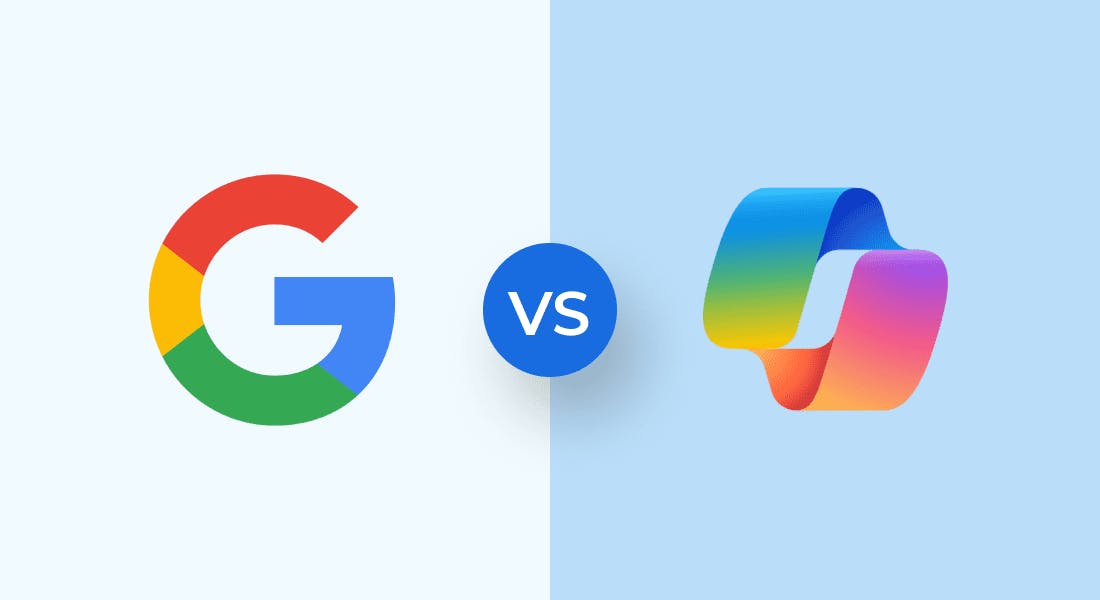A Guide to Australia’s Digital ID: What Every Australian Should Know

Australia is increasingly embracing a digital future, and a key component of this transformation is the national Digital ID system. Designed to simplify online identity verification and enhance security, this system has significant implications for how Australians interact with government services and, eventually, private businesses online. But what exactly does it means for your online security?
What is Australia's Digital ID System?
Australia's Digital ID system provides a secure, convenient, and voluntary way for individuals to prove who they are online without having to repeatedly share physical identity documents. It operates under the Digital ID Act 2024, which commenced on December 1, 2024, and establishes the legal framework, governance, and oversight for Digital ID services.
At its core, the system works by allowing you to create a digital identity with an accredited provider. You provide details of your existing ID documents (like a driver's license or passport) to this provider, which are then digitally verified against issuing agencies. Once verified, your Digital ID is created, encrypted, and protected, allowing you to use it to access various online services.
Crucially, the system is designed so that when you use your Digital ID, you share only the necessary information with the service you're accessing. For example, if a service only needs to confirm you are over 18, it won't receive your full name or address. This aims to minimize the amount of personal information circulating online and reduce the risk of large-scale data breaches.
It's important to understand that Australia's Digital ID is not a new identity card or a new national identification number. Instead, it's a secure digital representation of your existing government-issued identity documents.
Where Do You Set Up Your Digital ID?
In Australia, you primarily set up your Digital ID through accredited Digital ID providers. The most prominent and widely used for accessing government services is:
- myID (formerly myGovID): This is the Australian Government's own Digital ID app. You can download the myID app from the official App Store (for Apple devices) or Google Play Store (for Android devices).
Setting up with myID:
- Download the myID app: Search for "myID" in your device's app store and download the official application.
- Enter your details: Open the app and follow the prompts to enter your personal details, including your full legal name, date of birth, and a personal email address.
- Choose your identity strength: The system offers different "identity strengths" (Basic, Standard, Strong) depending on the level of verification required for the online service you want to access. Basic: Requires only your personal details. Standard: Typically requires verifying at least two Australian identity documents (e.g., passport, driver's license, birth certificate, Medicare card) against government records. Your name must match across these documents. Strong: Requires verifying an Australian passport (current or recently expired), another Australian document, and performing a face verification check (like a selfie compared to your passport photo). This is a one-off process to confirm you're a real person.
- Verify your identity documents: The app will guide you through the process of scanning or entering details from your identity documents. This is done digitally against government records.
While myID is the government's primary offering, Australia Post's Digital iD is another accredited provider that allows users to create and validate their ID for various online and in-person uses. You can find their app in the respective app stores as well.
Remember to always download Digital ID apps from official app stores and look for the official Digital ID accreditation trustmark. Creating and using a Digital ID is voluntary.
How Does it Enhance Online Security?
The Digital ID system is touted as a major step forward for online security in Australia due to several key features:
- Reduced "Honeypots" of Data: A primary benefit is the reduction of "honeypots" – large collections of personal identity data held by various organizations. Instead of submitting copies of your driver's license and other documents to every new online service, the Digital ID allows for verified identity without the service storing your full ID documents. This significantly lowers the risk of your personal information being compromised in a data breach.
- Stronger Privacy Protections: The Digital ID Act 2024 enshrines strong privacy safeguards. Accredited providers are prohibited from collecting, profiling, using, or selling your information for purposes like direct marketing. They must also comply with strict regulations regarding biometric data and personal information, with penalties for breaches. The Office of the Australian Information Commissioner (OAIC) acts as the privacy regulator, overseeing these protections.
- Secure Encryption and Technology: Digital ID systems utilize encryption and cryptographic technology to protect your identity. Services like myID also leverage your device's security features, such as fingerprint or facial recognition, to enhance protection and prevent unauthorized access.
- Minimised Information Sharing: When you use your Digital ID, you control what information is shared. You can opt to share only the specific attributes a service requires (e.g., just your age), rather than your entire identity document. This targeted sharing significantly reduces the exposure of your sensitive data.
- Independent Oversight and Accreditation: The system is governed by robust oversight. The Australian Competition and Consumer Commission (ACCC) is the Digital ID Regulator, responsible for accrediting Digital ID services and ensuring compliance with security and privacy standards. Accredited providers display a trustmark, assuring users that they meet high government standards.
Expanding Horizons: Digital ID Beyond Government
While initially focused on government services, the Australian Digital ID system is set for significant expansion. By December 2026, the framework aims to incorporate private sector entities, extending the benefits of simplified and secure identity verification to a broader range of everyday online interactions.
Imagine a future where you can use your Digital ID to:
- Open a new bank account or apply for a loan without needing to visit a branch or mail physical documents.
- Apply for a new phone or utility contract quickly and securely online.
- Streamline real estate applications, from renting to buying property.
- Verify your age for online services or licensed premises, without revealing your full date of birth.
- Expedite employment background checks, making the hiring process more efficient.
This expansion is designed to reduce the administrative burden on individuals and businesses, while simultaneously enhancing security by minimizing the need for multiple organizations to store sensitive identity information.
Clarifying Common Questions: Debunking Digital ID Myths
With any new technology, misconceptions can arise. Here are some common myths about Australia's Digital ID system and the facts:
- Myth: "Digital ID is a new national ID card or number that tracks my online activity." Fact: This is incorrect. Digital ID is an electronic representation of your existing government-issued identity documents. It does not create a new national identification number, nor is it designed to track your online movements or transactions. Its purpose is to verify identity, not to monitor behaviour.
- Myth: "If I don't use Digital ID, I won't be able to access government or essential services." Fact: The Digital ID system is entirely voluntary. All Commonwealth government services are required to maintain alternative methods of access (e.g., phone, in-person, traditional online logins) for individuals who choose not to use a Digital ID.
- Myth: "My biometric data (like my face scan) will be stored in a giant government database." Fact: When biometric data is used for strong identity verification, strict safeguards are in place. Often, biometric templates are processed on your device, and the data used for verification is generally deleted after the one-off check, rather than being stored long-term in a central database. Privacy regulations specifically address the handling of such sensitive information.
Potential Risks and Concerns
While the Digital ID system offers significant security benefits, some concerns and risks have been raised:
- Centralization Risk: Despite the "honeypot" reduction for individual services, some worry that centralizing identity verification through a limited number of Digital ID providers could create a new, larger target for cyberattacks. If a major Digital ID provider were breached, the impact could be widespread.
- Function Creep and Scope Expansion: There are concerns that what is currently a voluntary system might eventually become perceived as essential or even de facto mandatory for a wider range of activities, potentially extending into areas individuals might not anticipate or desire. The phased expansion to include private sector entities by December 2026 is a focus of this concern.
- Biometric Data and Privacy: The use of biometric verification (like facial recognition for "Strong" identity strength) raises privacy concerns for some. While providers are generally required to delete biometric data after verification, the collection and temporary use of such sensitive information is a point of contention.
- Vulnerability to Sophisticated Scams: As with any digital system, there's always a risk of sophisticated scams. While the Digital ID aims to mitigate identity theft, users still need to be vigilant about phishing attempts and other forms of cyber fraud that could try to trick them into compromising their Digital ID.
- Digital Divide: While the system is designed to be inclusive, some argue that it could disadvantage individuals who are less digitally literate or lack access to the necessary technology, potentially creating a "digital divide" in accessing essential services.
- Interoperability Gaps: While the federal system aims for seamlessness, various state and territory Digital ID platforms currently exist (e.g., NSW Digital Driver Licence). This can lead to some fragmentation in the broader Australian identity landscape, though the federal system aims to bridge these gaps over time.
Your Role in Protecting Your Digital ID
Even with strong security measures in place, your vigilance remains paramount. To protect your Digital ID and enhance your online security:
- Choose Accredited Providers: When setting up your Digital ID, ensure you choose an accredited provider that displays the official trustmark.
- Use Strong Passwords and Multi-Factor Authentication: If your Digital ID provider relies on passwords, ensure they are strong and unique. Always enable multi-factor authentication (MFA) if available.
- Protect Your Device: Keep your smartphone or smart device software and Digital ID app up to date to ensure you have the latest security patches.
- Be Wary of Scams: Be cautious of suspicious emails, texts, or calls requesting your Digital ID details. Remember that your Digital ID provider or government agencies will not ask for your password or sensitive information via unsolicited communications.
- Monitor Your Activity: Utilize features within your Digital ID app (like "myID") that allow you to view when your Digital ID has been used and manage consent for sharing your details.
- Understand What You're Sharing: Pay attention to the information a service requests from your Digital ID and ensure it aligns with what is genuinely needed.
Conclusion
Australia's Digital ID system represents a significant shift in how online identity verification is managed, aiming to provide a more secure and convenient experience for Australians. By reducing the widespread sharing of sensitive documents, debunking common myths, and implementing robust legislative and technological safeguards, it seeks to bolster online security and combat identity fraud. The system is a dynamic and evolving platform, and as it expands, the government continues to consult and refine its implementation, with a strong commitment to balancing convenience, security, and individual privacy for all Australians. Understanding how the system works and actively managing your Digital ID are crucial steps in navigating this new digital landscape securely.




